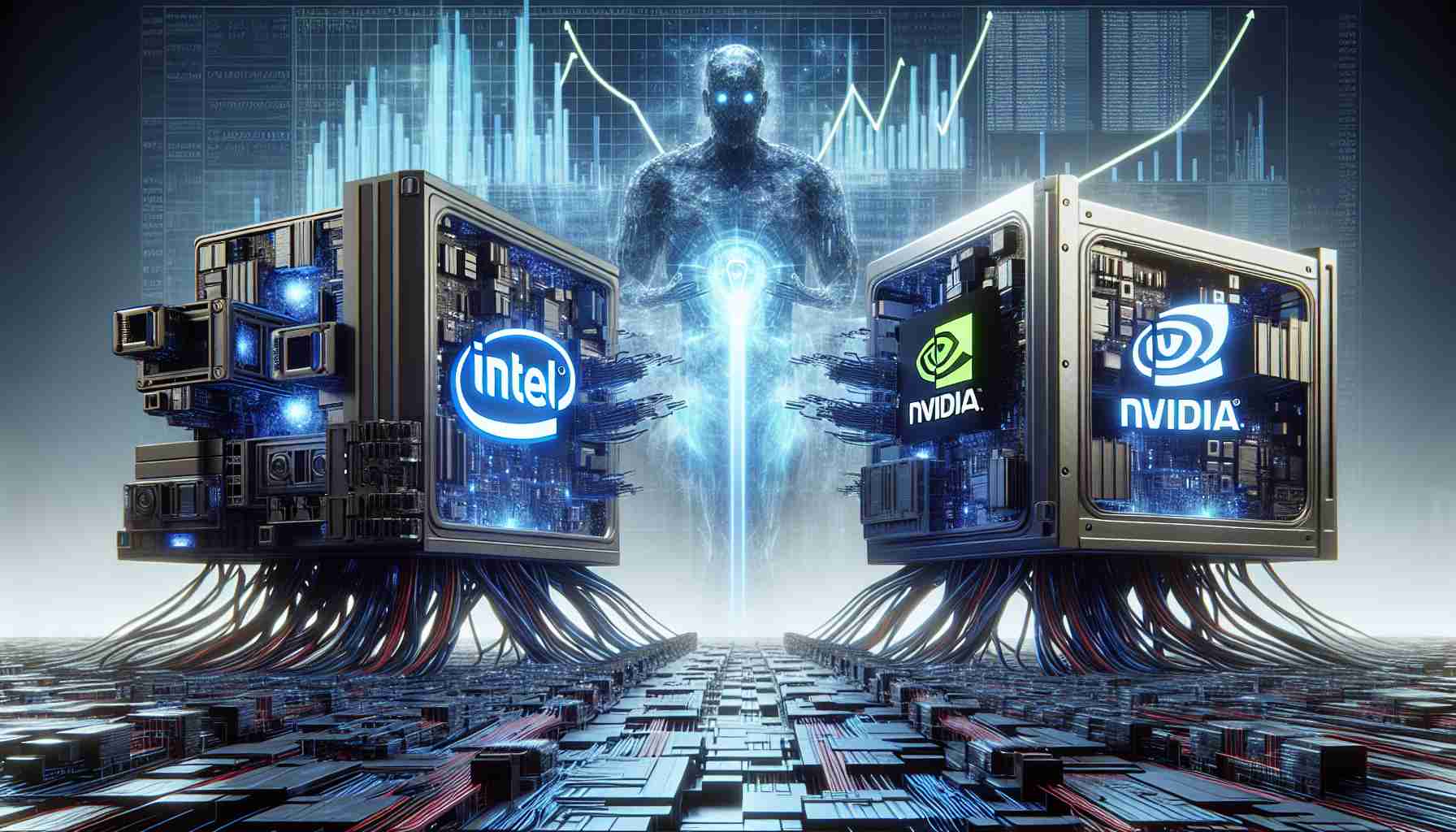The technology landscape is constantly evolving, with companies like Intel navigating the challenges brought on by the rise of AI and internal design obstacles. In contrast, Nvidia has emerged as a frontrunner in the AI industry by strategically investing in innovative technologies. Amidst these changes, Intel’s CEO, Pat Gelsinger, remains optimistic about the company’s future in AI and is committed to driving significant progress in the field.
During the Intel Vision 2024 event, Gelsinger introduced Intel’s roadmap for fostering AI innovation. This roadmap emphasizes embracing open-source methodologies, ensuring superior silicon quality compared to Nvidia’s products, and developing a diverse portfolio tailored to AI workloads across various environments such as data centers, cloud platforms, PCs, and edge computing.
Gelsinger foresees a shift in the AI market towards open platforms, where enterprises will opt for familiar architectures that can match or surpass Nvidia in terms of AI performance and efficiency. Despite the uncertainties ahead, Gelsinger expressed confidence in Intel’s alliances with major AI and IT corporations, which are instrumental in steering the market towards Intel’s vision.
To rival Nvidia’s latest offerings, Intel disclosed plans for the launch of the Xeon 6 server chip family and Gaudi 3 AI accelerators. The upcoming Gaudi 3 accelerator is anticipated to deliver stellar performance and cost benefits in terms of total ownership. According to Gelsinger, these accelerators aim to outshine Nvidia’s existing H100 model while maintaining a substantially lower price point.
In addition to the hardware innovations, Intel introduced the new Xeon 6 branding for their latest CPUs, including models like “Sierra Forrest” and “Granite Rapids.” These CPUs promise enhanced performance and rack density compared to their predecessors. Moreover, Intel emphasizes support for the MXFP4 data format in the new Xeons, facilitating efficient AI training and inference with minimal accuracy compromise.
Intel’s commitment to AI extends beyond hardware advancements to exploring novel techniques such as Retrieval-Augmented Generation (RAG). This method enables the integration of corporate data into training datasets for large language models, offering enterprises the opportunity to harness unused and on-premises data reservoirs for AI-driven applications.
Despite the competitive challenges posed by Nvidia in the AI realm, Intel’s strategic vision and dedication to open platforms position them as a formidable contender. By collaborating with major industry players and focusing on providing high-quality silicon alternatives and open frameworks in contrast to Nvidia, Intel aims to secure its niche in the dynamic AI ecosystem.
پرسشهای متداول
The source of the article is from the blog revistatenerife.com
